
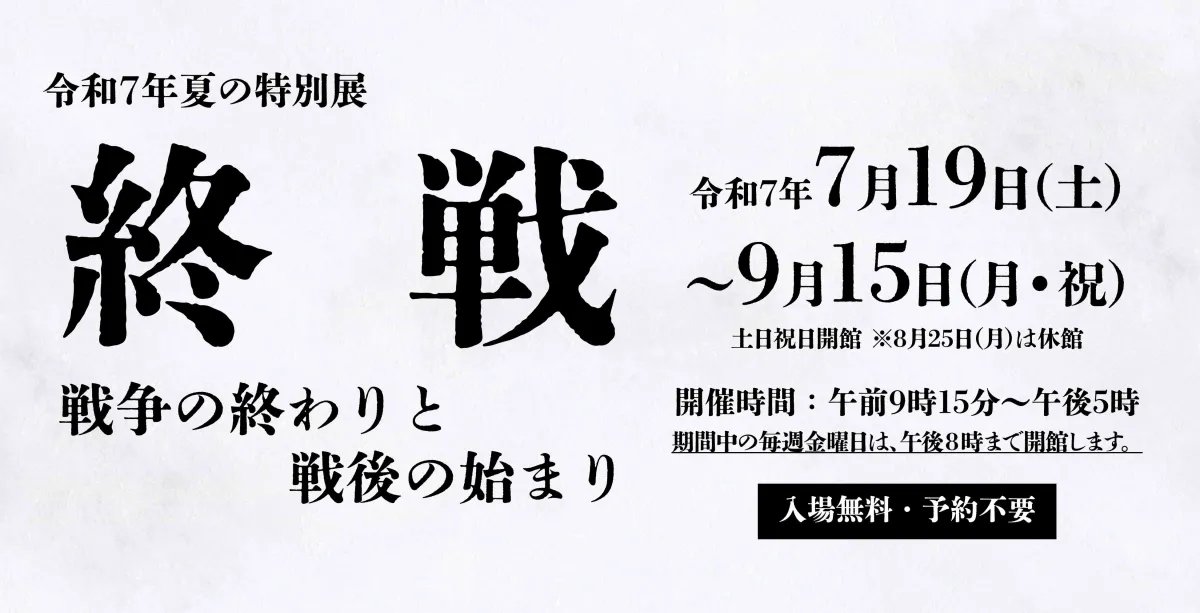
Special Exhibition on the End of War and the Beginning of Post-War Japan at the National Archives
Special Exhibition: The End of War and the Beginning of Post-War Japan
The National Archives of Japan, located in Chiyoda, Tokyo, will host a special exhibition, "The End of War - The End of Conflict and the Beginning of Post-War Japan," from July 19 to September 15, 2025. This year marks the 80th anniversary of Japan's surrender in World War II. The events of 1945, such as the worsening of Japan's wartime conditions and the subsequent reforms during the occupation, will be explored using materials from the National Archives.
Introduction to Events Before 1945
On December 8, 1941, Japan entered into war against the United States and the United Kingdom. Initially, Japan had the upper hand, but by 1943, the tide began to turn. The situation deteriorated further in 1944 with intensifying battles, including the seizure of Palau and the Mariana Islands, and widespread combat in the Philippines, highlighted by the fierce Leyte Gulf battle and the operation of the Kamikaze special attack units.
Part 1: Intensification of Air Raids and the Battle of Iwo Jima
During the war against the Allied Forces initiated in late 1941, the battleground gradually shifted closer to Japan, significantly impacting the lives of the populace. In this section, we will delve into the Japanese government's domestic strategies to counter the air raids from January to March of 1945, the beginnings of the Battle of Iwo Jima in February, and the Tokyo air raid that followed in March, through valuable historical documents.
Part 2: Formation of the Suzuki Kantaro Cabinet and Japan's War-End Situations
As air raids continued across Japan, citizens faced escalating hardships. By the end of March 1945, American forces began landing in the Okinawa vicinity. Concurrently, the peace negotiations with China initiated by the Koiso Cabinet faltered, leading to the establishment of the Suzuki Kantaro Cabinet on April 7. As organized fighting in Okinawa concluded in June, shifting the territory under U.S. control, this section will examine the Suzuki administration's introduction of wartime emergency laws that centralized power and detailed the overall state of Japan as the war neared its close.
Part 3: The Surrender
On July 26, 1945, the Potsdam Declaration was issued by the U.S., U.K., and China, demanding Japan's surrender. Initially, the response from the Japanese government was muted. This delay saw Allied forces dropping atomic bombs on Hiroshima on August 6 and Nagasaki on August 9. The Soviet Union declared war on Japan on August 8, further complicating matters. Following two decisive proclamations from Emperor Hirohito, Japan ultimately decided to accept the Potsdam Declaration. This culminated in the creation of a declaration documenting the Emperor's will, which was recorded and broadcasted on August 15, notifying the nation that the war had officially ended.
Part 4: The Dawn of Post-War Japan
Following the Emperor's announcement on August 15, 1945, the document of surrender was signed on the USS Missouri in Tokyo Bay on September 2. The General Headquarters (GHQ) supervised the occupation, starting in September. The GHQ implemented various reforms through the Japanese government, drastically altering the social framework and laying the groundwork for contemporary Japan.
Conclusion: Rebuilding After the Conflict
In the aftermath of the war’s conclusion in August 1945, efforts targeted restoration from wartime devastation and resettlement. The GHQ commanded reforms were extensive, culminating in the promulgation of the 1946 Constitution, which represented pivotal shifts in Japanese governance. The new era began with the proclamation of 'New Japan' on January 1, 1946, indicating the country’s revival and forward momentum.
Related Events
Special Display of the Surrender Document
From August 8 to August 21, an original copy of the surrender document will be on special display. The exhibition will also include an interactive CG application created by NHK, allowing visitors a novel viewing experience of the historical text in stunning 8K resolution.
Other Related Materials
Materials such as prisoner postal cards and the Birch Diary, which tells the story of hardships faced during detention and hints at resilience and hope, will also be showcased alongside historical documents from the Maizuru Repatriation Memorial Museum.
For further information visit the National Archives website. This exhibition promises to provide profound insight into a pivotal period in Japan’s history.
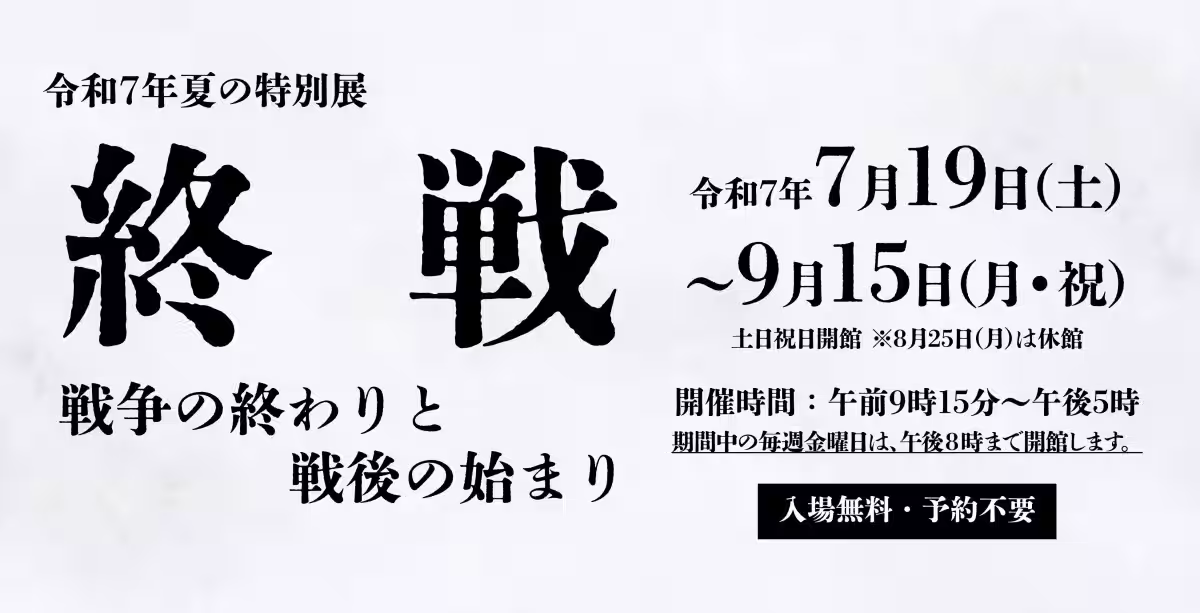
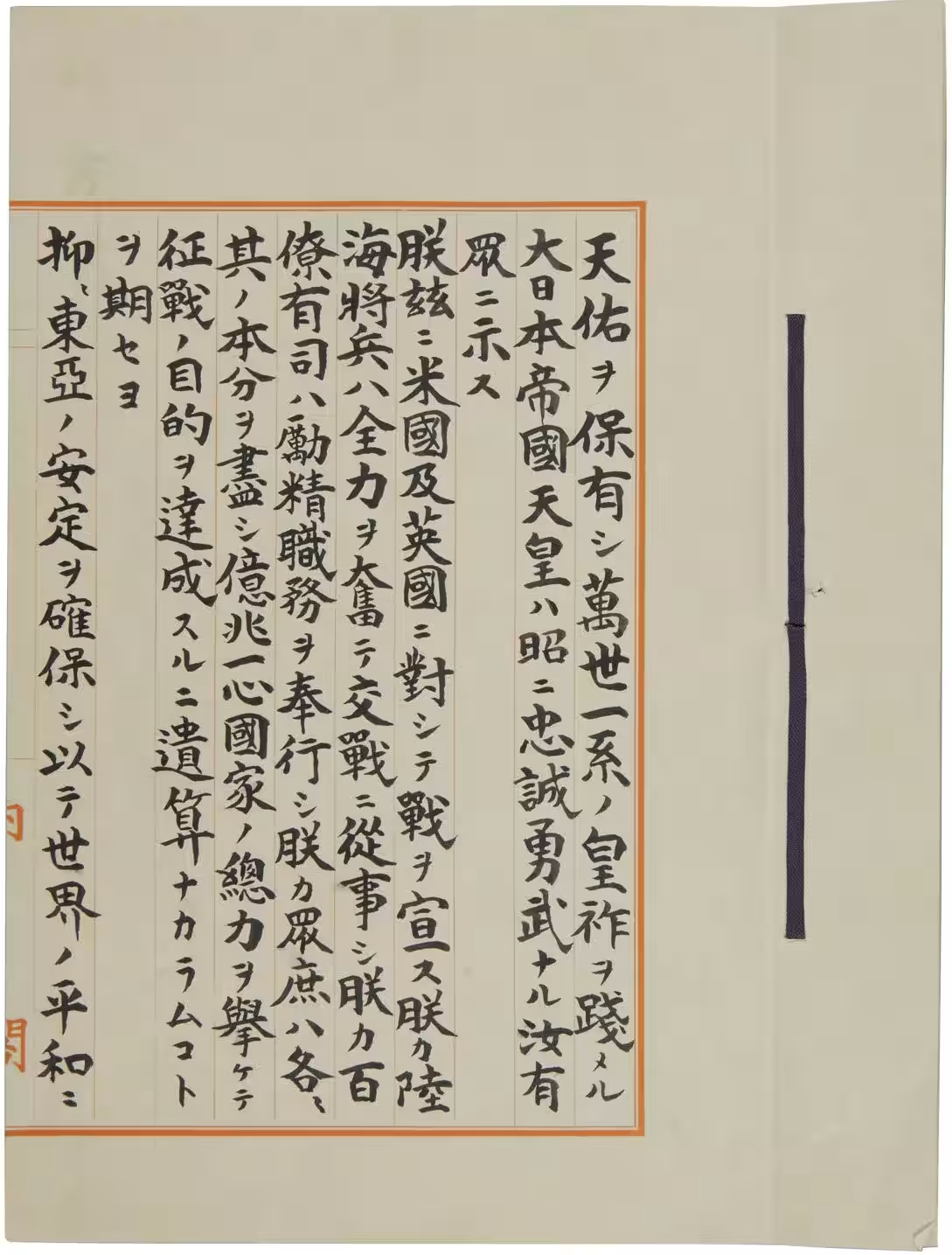
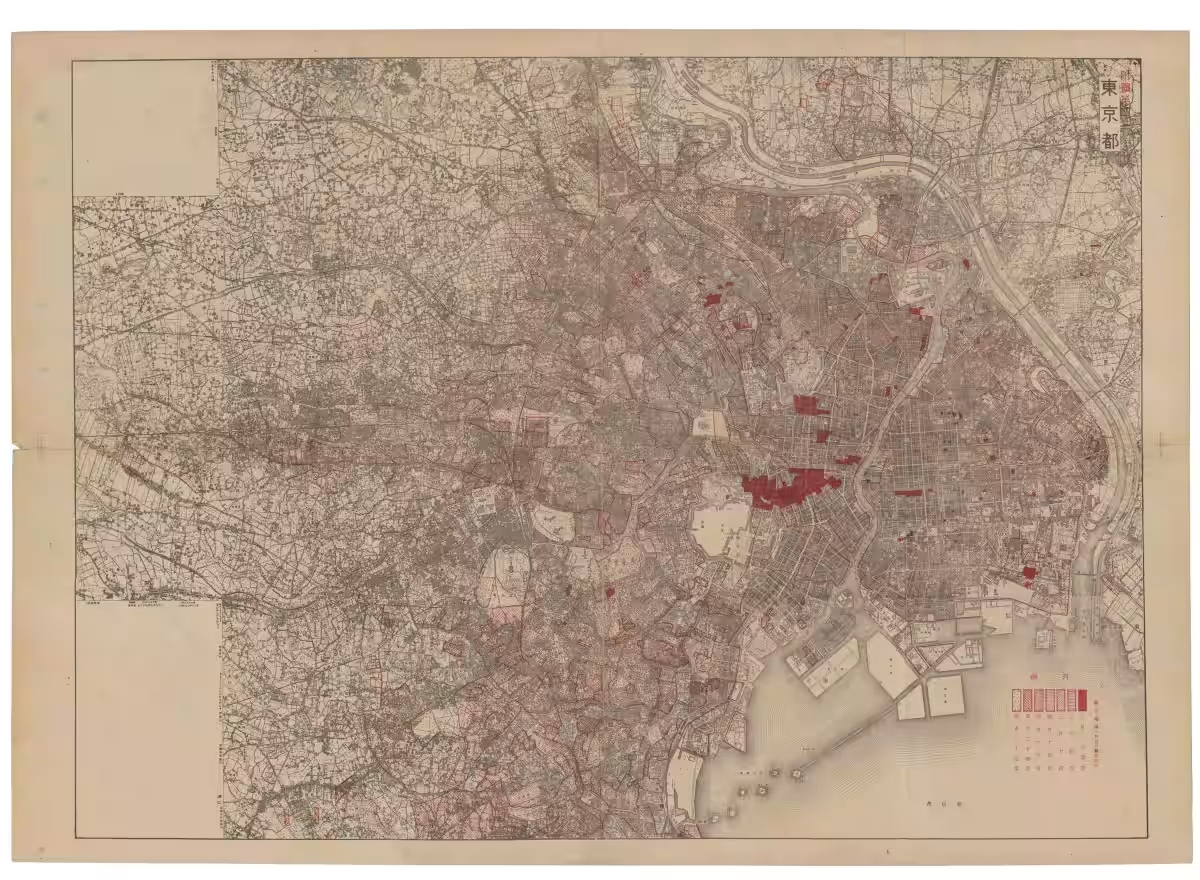
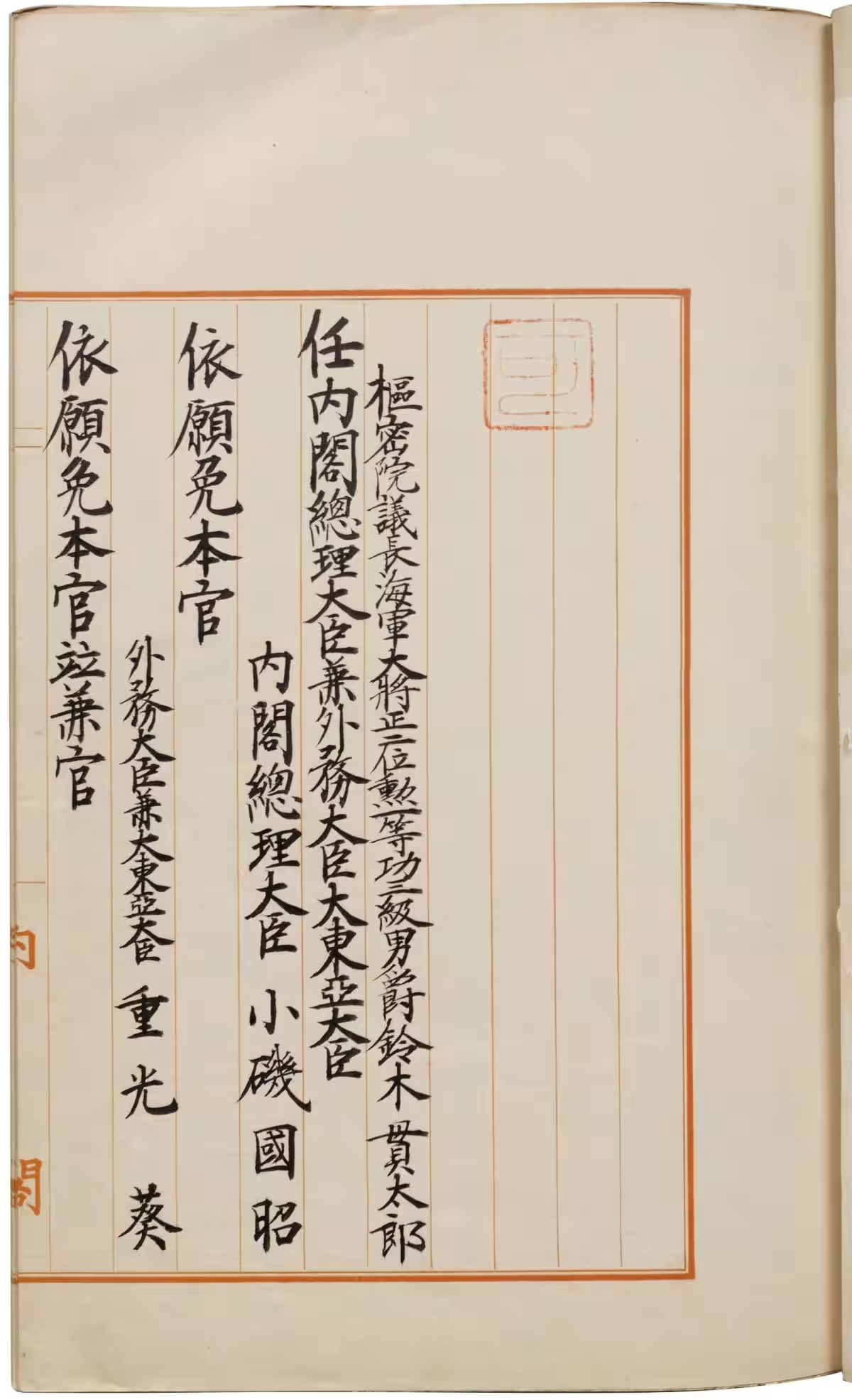
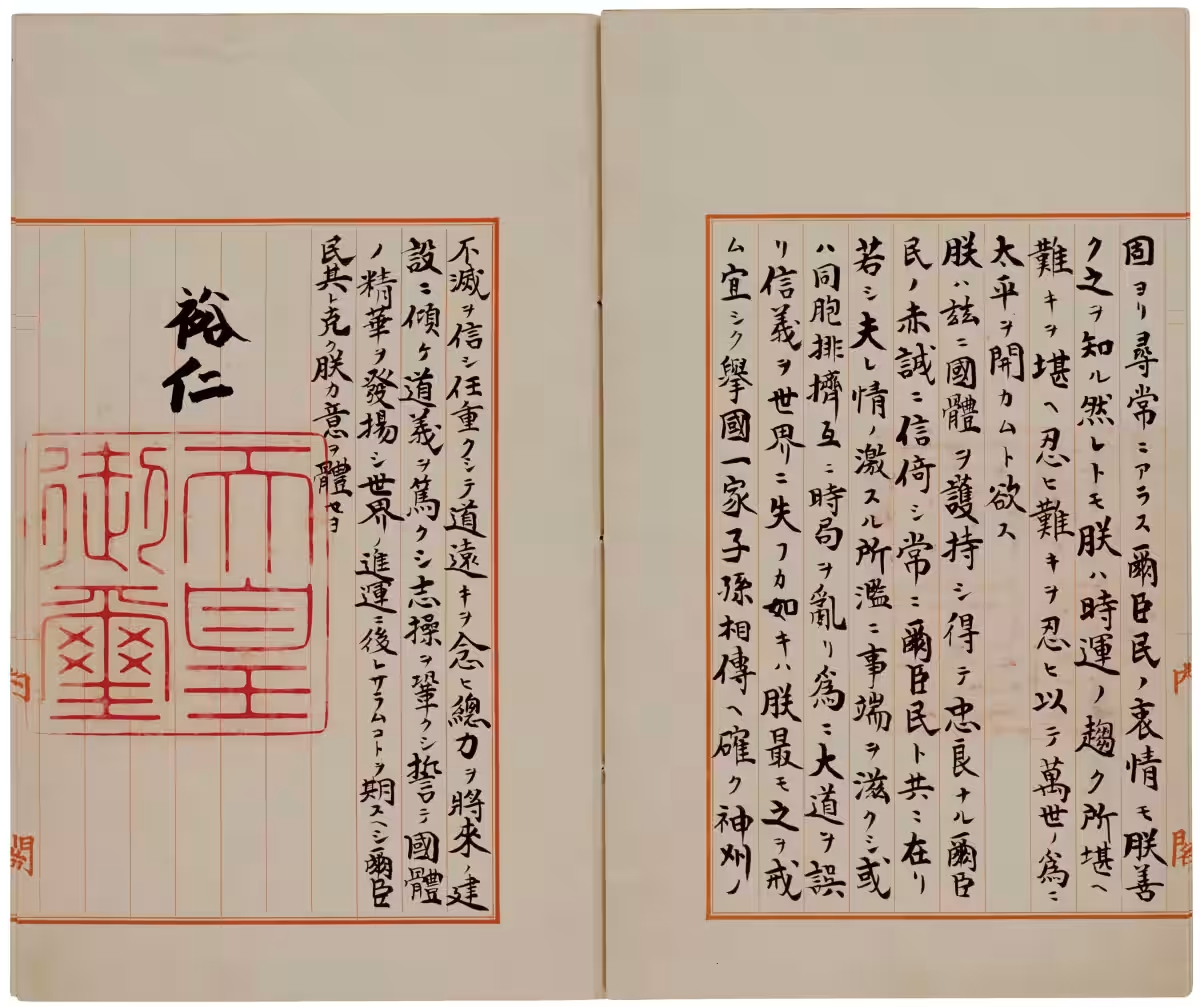
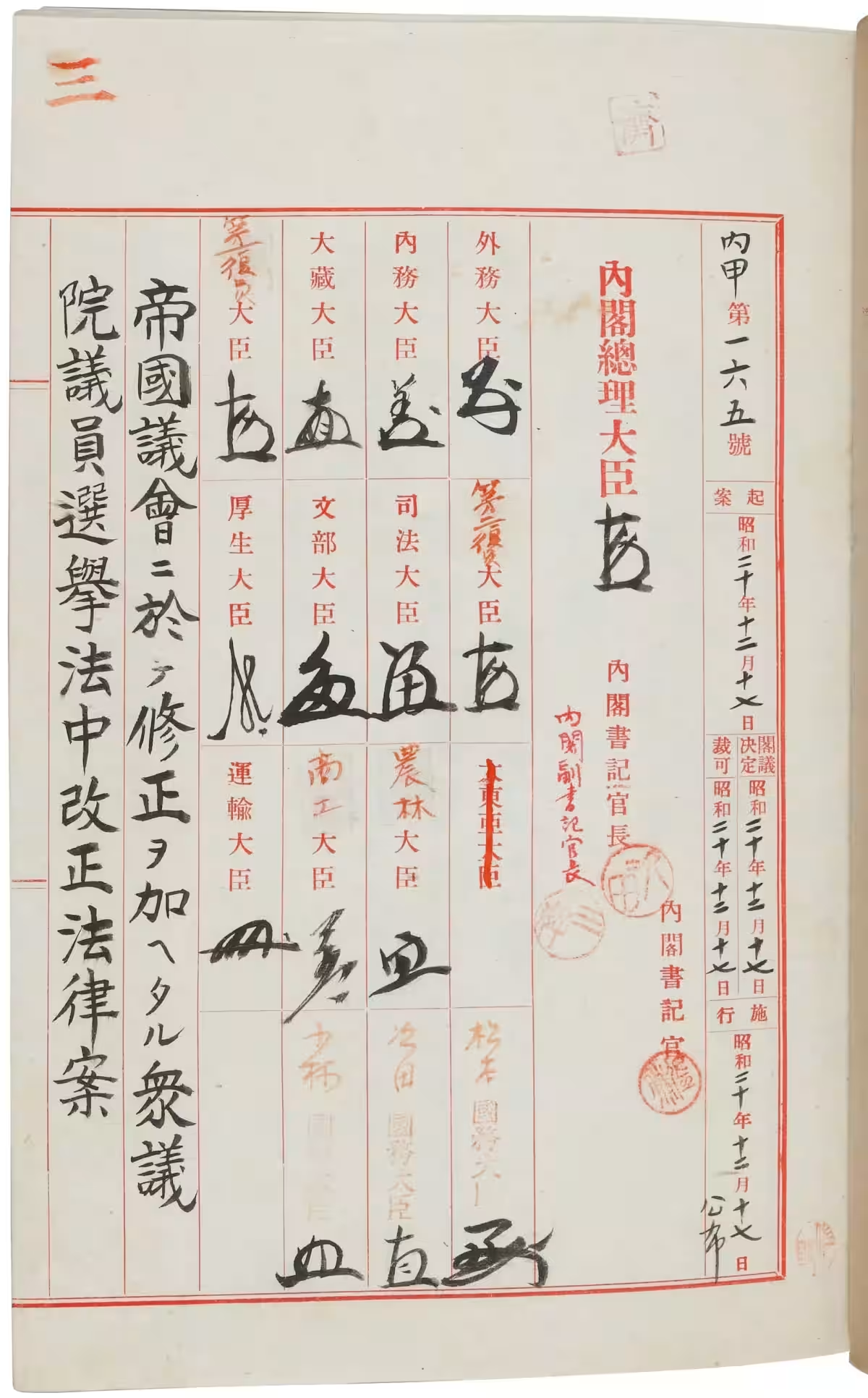
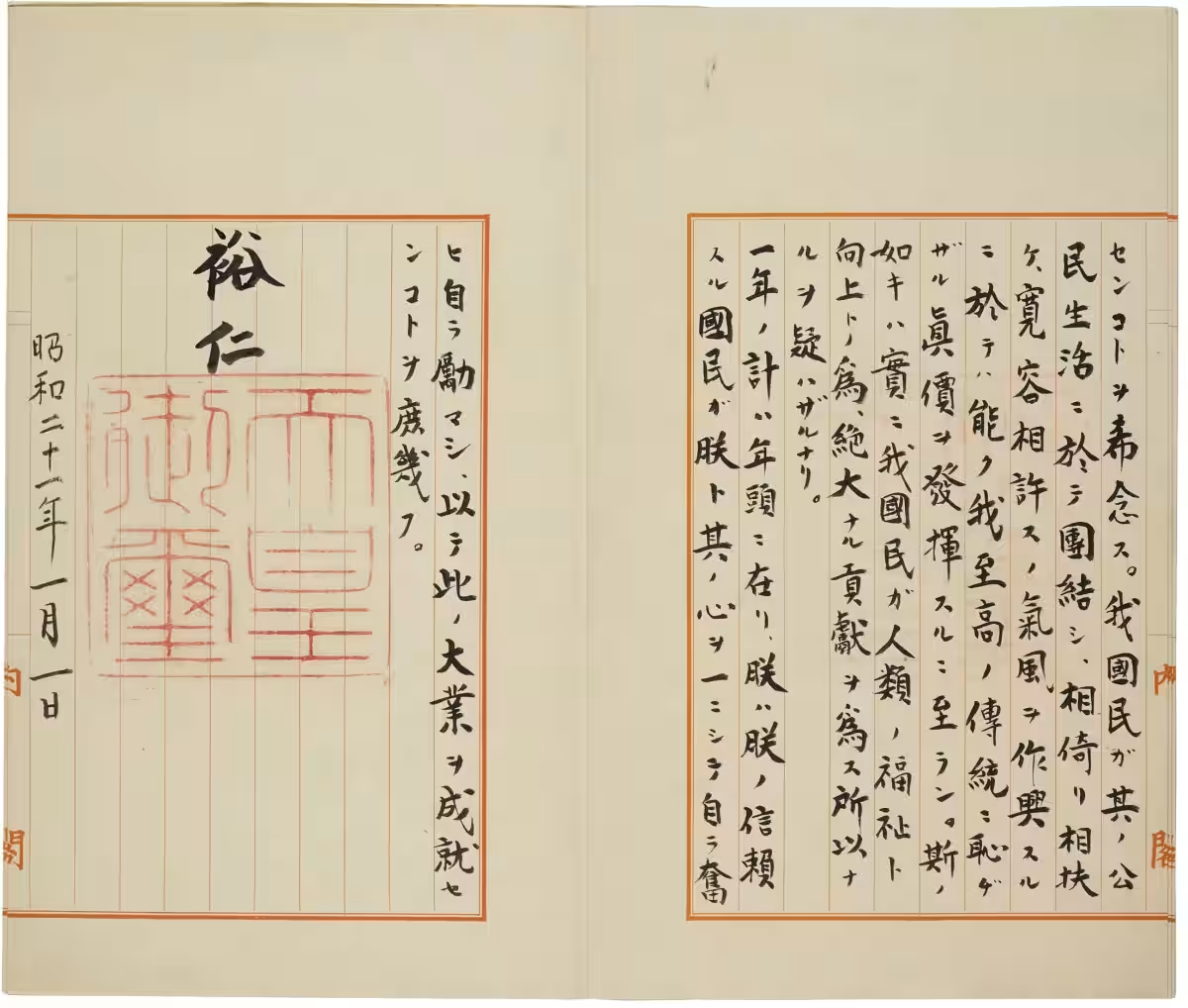
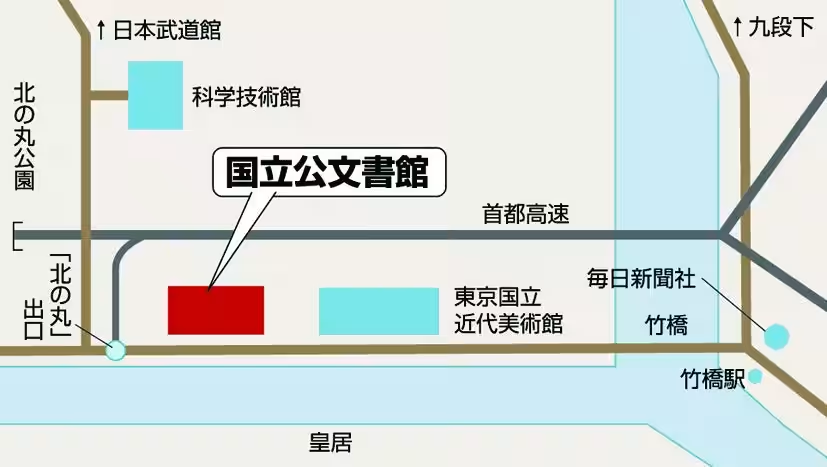
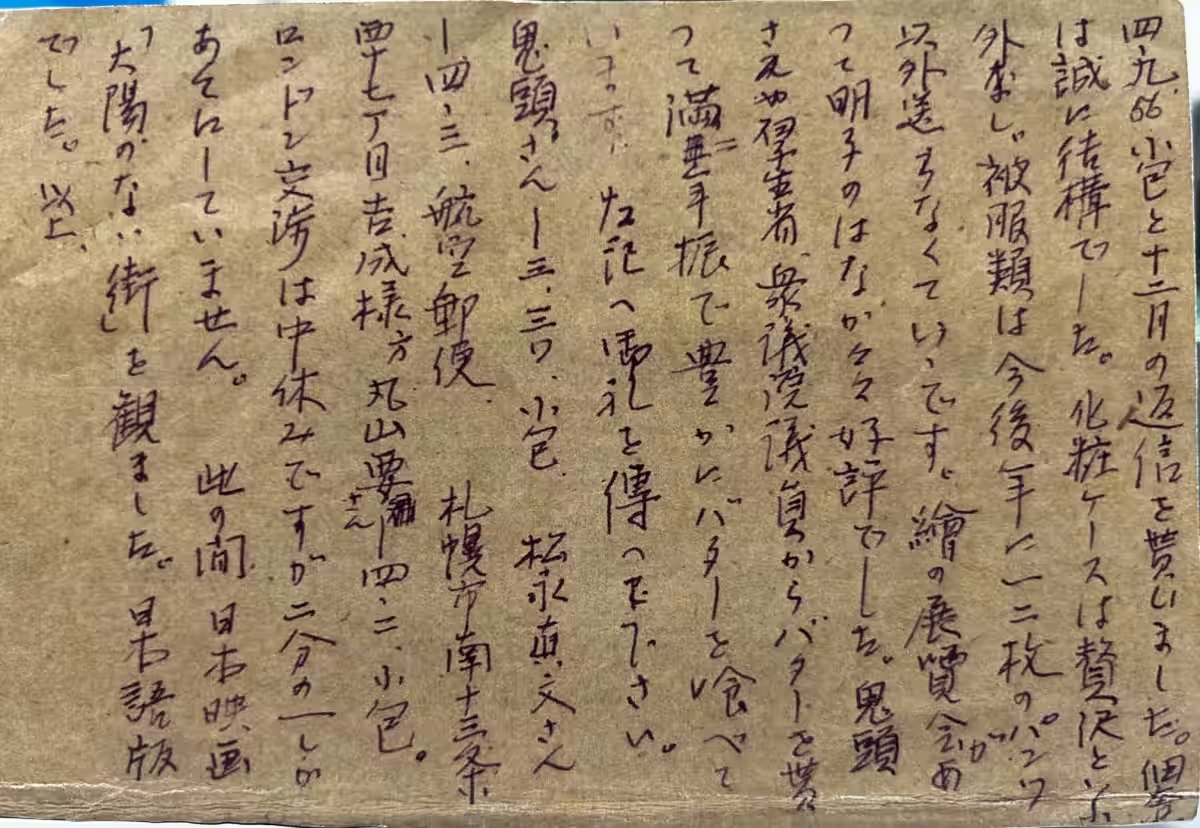
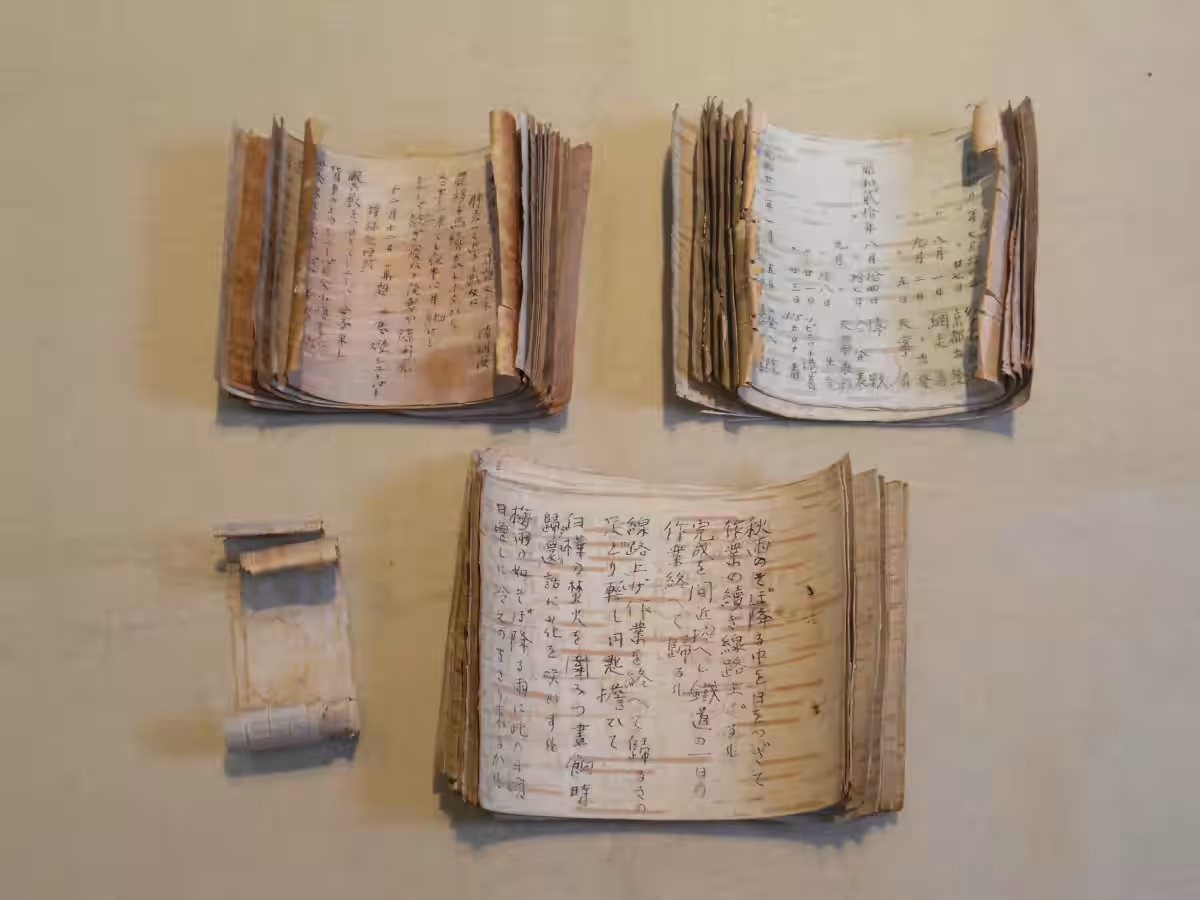
Topics Entertainment & Media)


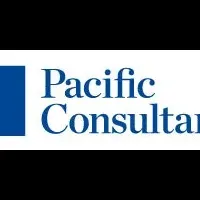
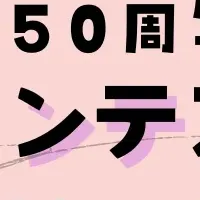




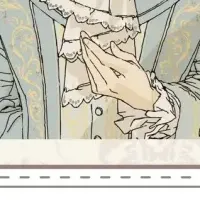

【About Using Articles】
You can freely use the title and article content by linking to the page where the article is posted.
※ Images cannot be used.
【About Links】
Links are free to use.